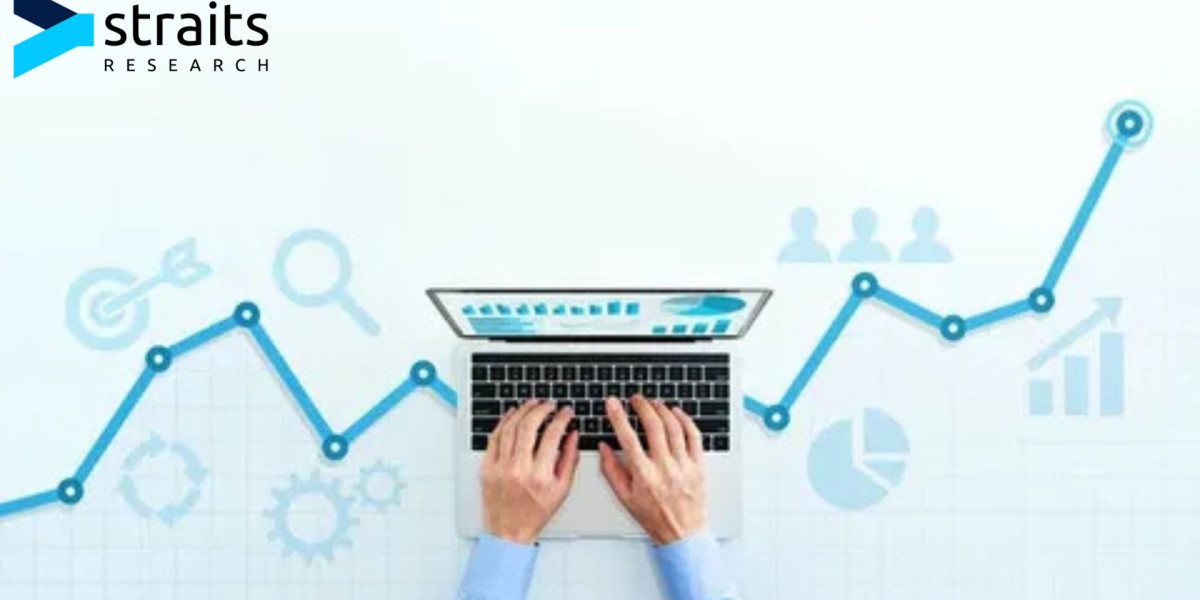In today’s competitive business landscape, empowering employees with the right tools is as important as creating streamlined processes for HR departments. One of the most effective ways organizations are achieving this is through employee self-service (ESS) portals integrated into HRM (Human Resource Management) software.
Gone are the days when employees had to depend solely on HR personnel to access payslips, submit leave requests, update personal details, or check company policies. With modern HRM software development, businesses are now creating intuitive self-service platforms that allow employees to manage their own information and engage with HR processes in real time.
This blog explores how HRM software development enhances employee self-service portals, why it matters, and how companies can benefit from implementing these solutions.
The Evolution of HRM Software and Self-Service Portals
Traditional HR operations were heavily manual and paper-driven, leading to inefficiencies, delays, and employee dissatisfaction. HR professionals often found themselves overwhelmed with repetitive tasks like data entry, record maintenance, or answering routine queries.
With the rise of digital transformation, HRM software development companies began building solutions that automate these processes while giving employees direct access to HR-related services. Self-service portals became a central feature, empowering employees to:
Access and download salary slips anytime.
Submit and track leave requests.
Update personal and professional information.
View benefits, tax deductions, and compliance documents.
Participate in training programs and performance reviews.
The development of these portals has not only improved employee satisfaction but also freed up HR professionals to focus on strategic workforce management.
Key Ways HRM Software Enhances Employee Self-Service Portals
1. User-Friendly Interfaces
Modern HRM software development prioritizes intuitive design. A clutter-free, mobile-friendly interface ensures that employees can easily navigate the portal without needing technical expertise. By making the portal accessible across devices, employees enjoy the convenience of managing HR-related activities on the go.
2. Personalized Dashboards
Custom HRM software enables businesses to design personalized dashboards tailored to employee roles. For example, a sales executive may see leave balances, upcoming training sessions, and sales-related KPIs, while an accountant may access payroll, expense claims, and compliance updates.
3. Seamless Payroll and Benefits Access
Employees no longer need to contact HR for payroll clarifications. With advanced HRM software, they can:
View payslips instantly.
Understand tax deductions.
Track bonuses and reimbursements.
Manage retirement or insurance benefits.
This level of transparency fosters trust and financial clarity among employees.
4. Leave and Attendance Management
One of the most frequently used features in ESS portals is leave management. With HRM software:
Employees can request leave digitally.
Managers receive notifications for approval.
Attendance and overtime records sync automatically with payroll.
This eliminates paperwork and ensures accurate tracking.
5. Automated Updates of Employee Records
Self-service portals built with HRM software allow employees to update details like addresses, bank accounts, or emergency contacts on their own. The data is instantly synced across the system, reducing administrative burdens and preventing errors caused by outdated records.
6. Integration with Training and Development Programs
Modern HRM solutions often integrate with Learning Management Systems (LMS). Employees can access training modules, register for workshops, and track their certifications. This enhances continuous learning and encourages skill development without HR intervention.
7. Performance Management Tools
HRM software enables employees to:
View performance goals.
Receive feedback from managers.
Track progress toward KPIs.
Participate in 360-degree review systems.
By making performance data transparent, employees become more engaged and motivated.
8. Data Security and Compliance
One major advantage of custom HRM software development is the ability to embed data encryption, role-based access, and compliance safeguards into the self-service portal. Employees can confidently access personal data, knowing it is protected against breaches and compliant with labor laws.
9. Mobile-First Accessibility
With remote and hybrid work becoming mainstream, HRM software developers are focusing on mobile applications for ESS portals. Employees can now apply for leave, check schedules, or download documents right from their smartphones.
10. AI-Powered Chatbots and Assistance
AI-driven HRM software enhances ESS portals by offering chatbots that answer FAQs, guide employees through processes, and reduce dependency on HR staff. This creates a 24/7 support ecosystem without additional costs.
Benefits of Enhanced Employee Self-Service Portals
✅ Improved Employee Satisfaction
Employees gain control over their data and HR processes, which boosts engagement and trust.
✅ Increased HR Efficiency
With routine queries automated, HR professionals can focus on strategic roles like talent management and organizational development.
✅ Cost Savings
Automation reduces paperwork, administrative hours, and errors—ultimately lowering operational costs.
✅ Transparency and Accountability
Employees can track their own records, benefits, and performance, ensuring transparency across HR functions.
✅ Scalability for Business Growth
Custom HRM software allows companies to scale their portals as the workforce grows, ensuring smooth operations across departments and locations.
Real-World Example: A Mid-Sized IT Firm
Consider a mid-sized IT company that introduced a custom HRM self-service portal. Before implementation, HR spent nearly 40% of their time addressing payroll queries and leave management. After deploying a modern ESS solution:
Payroll queries dropped by 70%.
Leave approvals became automated, saving managers hours each month.
Employee engagement scores increased due to transparency and accessibility.
This transformation highlights how HRM software development creates measurable value for both employees and businesses.
Best Practices for Building Effective Self-Service Portals
Prioritize UX Design – Keep the portal simple, intuitive, and mobile-friendly.
Enable Customization – Allow role-based dashboards to meet diverse employee needs.
Ensure Security – Protect employee data with encryption and compliance checks.
Incorporate Analytics – Offer insights on leave trends, performance data, and training progress.
Integrate Across Systems – Connect with payroll, benefits, and LMS platforms for a unified experience.
Regularly Update Features – Continuously upgrade portals based on employee feedback.
The Future of Employee Self-Service with HRM Software
As technology evolves, self-service portals will become smarter and more proactive. AI and machine learning will enable predictive insights—such as suggesting training modules based on career goals or reminding employees about unused benefits. Voice-based commands, advanced chatbots, and integration with collaboration tools like Slack or Teams will further simplify the experience.
In the future, ESS portals won’t just be about accessing information; they will act as personalized digital HR assistants guiding employees through every stage of their professional journey.
Final Thoughts
HRM software development has revolutionized how businesses manage employees, with self-service portals standing at the center of this transformation. By enhancing accessibility, improving transparency, and reducing HR workloads, these portals empower employees while driving organizational efficiency.
For companies looking to boost employee engagement and modernize HR processes, investing in a custom HRM self-service solution is no longer optional—it’s a strategic necessity.







